You’re undoubtedly familiar with marshmallows—the puffy, sweet confections that you might toast over a campfire in the summertime or drop into a mug of hot chocolate in winter.
They’re sweet, above all else, with little nutritional value save for a few grams of protein that come from gelatin and egg white. It’s these two components that act as a carrier for the confection’s sugar, and that give the treat its characteristic bouncy texture.
But long before marshmallows arrived in candy stores and baking aisles, apothecaries stocked them—in the same way as your local drugstore might stock cold and flu pills or cough medicine. Mothers bought them for children to help soothe sore throats or an irritated stomach.
Ancient Roots
Marshmallows take their name from the herb marshmallow (Althaea officinalis), which is native to North Africa, Southern Europe, and Western Asia. A member of the Malvaceae, or mallow, family, marshmallow is related to other culinary delights such as okra, hibiscus, and even cacao. The plant grows up to seven feet high and blooms with pretty five-petaled flowers that range in color from soft pink to pale purple. While the entire plant is edible, the root holds medicinal value and has been used as a folk remedy for thousands of years.In the fall, growers harvest the plant, gathering the roots and allowing them to dry. The plant’s root is rich in mucilaginous starches, such as pectin, which have a soothing quality to them. These starches also turn sticky and gelatinous when combined with water and cooked.
Ancient Greek texts describe using the plant to calm inflammation, heal wounds, and soothe digestive woes, sometimes combining the sap from the boiled root with wine and honey. Similarly, Ancient Egyptians extracted the gooey sap from the plant’s root and combined it with honey, nuts, seeds, and sometimes grain to form a sort of sticky confection.
Enter the French
French confectioners working at apothecaries developed recipes for pâté de guimauve, or marshmallow paste, that was recommended for sore throats and upset stomachs. Some 19th-century apothecaries recommended that the pâté be taken as a pectoral, or a medicine that was good for the lungs and chest.American Ingenuity
The biggest shift for marshmallows came at the end of the 19th century with the invention of flavorless, refined gelatin sheets by Charles Knox (of Knox Gelatin). Prior to this invention, extracting gelatin, which comes from boiling the bones and connective tissue of animals, was a long and exhaustive process. Earlier versions of packaged gelatin had been around since the mid-19th century, but it was Knox’s version that really caught on. It was simple and easy to use.Gelatin’s neutral flavor meant that it could be used equally in sweet or savory foods, and its bouncy structure made it a natural fit for sweets. Quickly, gelatin began replacing the gum arabic and marshmallow root in marshmallows, leaving only a sugar-sweetened meringue as the last remnant of the original confection. Abandoning the labor-intensive, multi-day process of making pâté de guimauve in favor of something much quicker made sense. By the late 19th and early 20th centuries, people had abandoned marshmallows as a folk remedy and embraced them wholly as a sweet.
The early 1900s saw the mass production of marshmallows, largely led by the Rochester Marshmallow Company. Soon, they were accessible to nearly everyone and sold not as a medicine, but as a candy. Through the 1920s, America was nearly obsessed with marshmallows—adding them to sweet and savory dishes alike. As the processed food industry in America grew, high fructose corn syrup replaced the sugar in marshmallows, and artificial flavors replaced natural flavors.
With the recent natural and artisanal food movement, there’s been a bit of a resurgence of interest in the marshmallow. Various companies are rethinking the sweet treat with vegan marshmallows and marshmallows made without high-fructose corn syrup—but they’re also easy to make at home.
Try this recipe for homemade honey vanilla marshmallows, which ditches the corn syrup in favor of a combination of honey and sugar—a better-for-you swap, even if they still may not have the medicinal qualities of their early ancestors. Enjoy them with a mug of hot chocolate and a blanket, or give them away as impressive and delightful gifts.

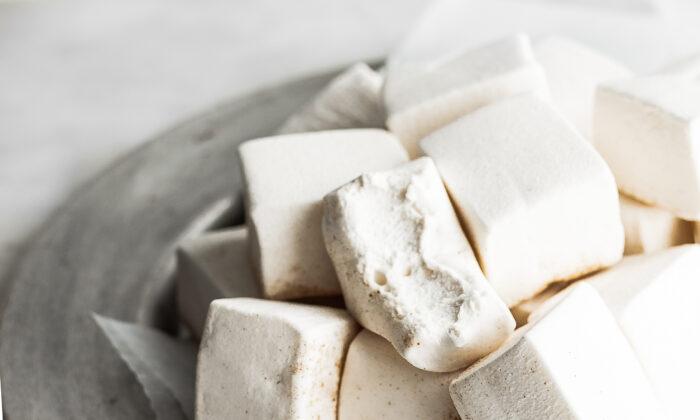
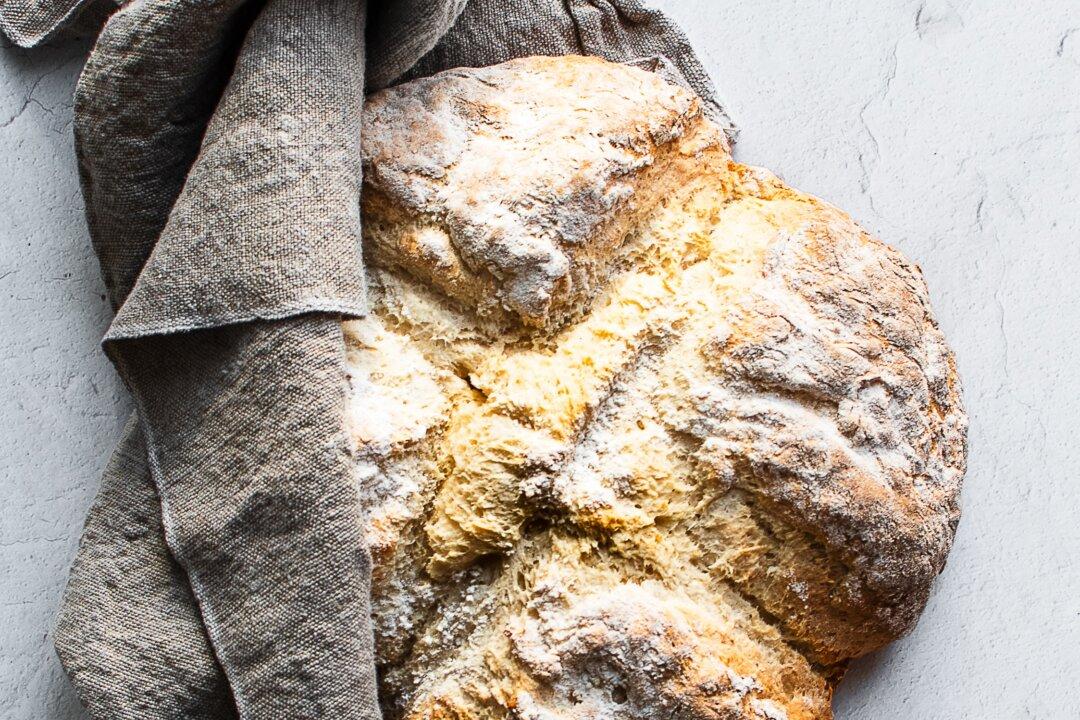
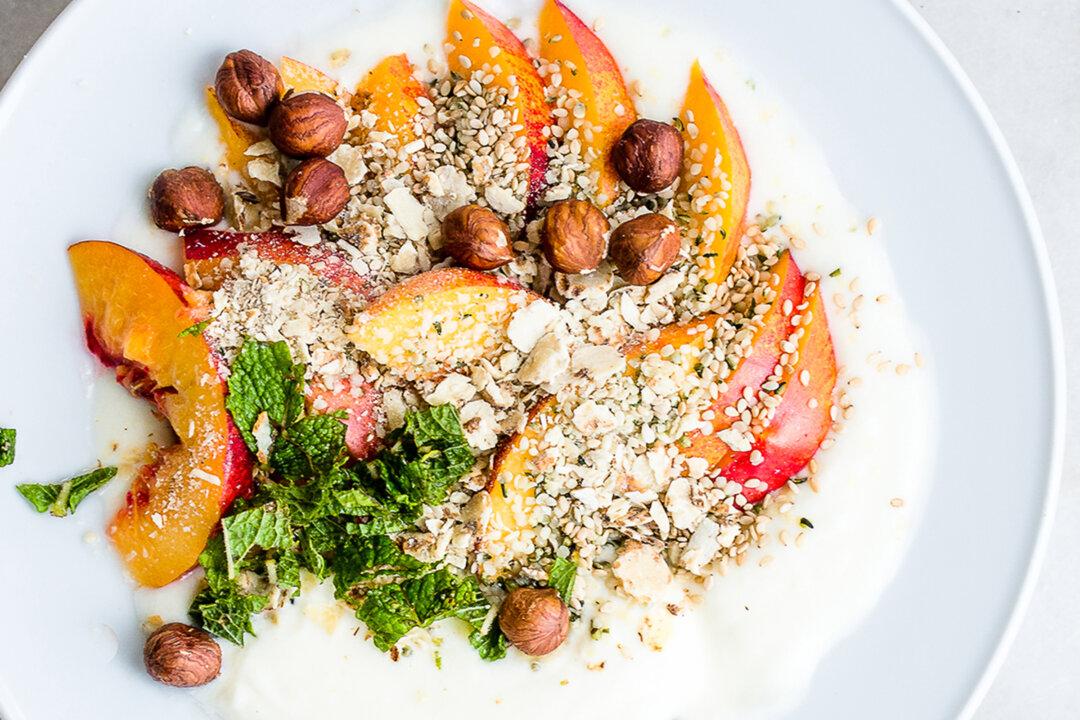
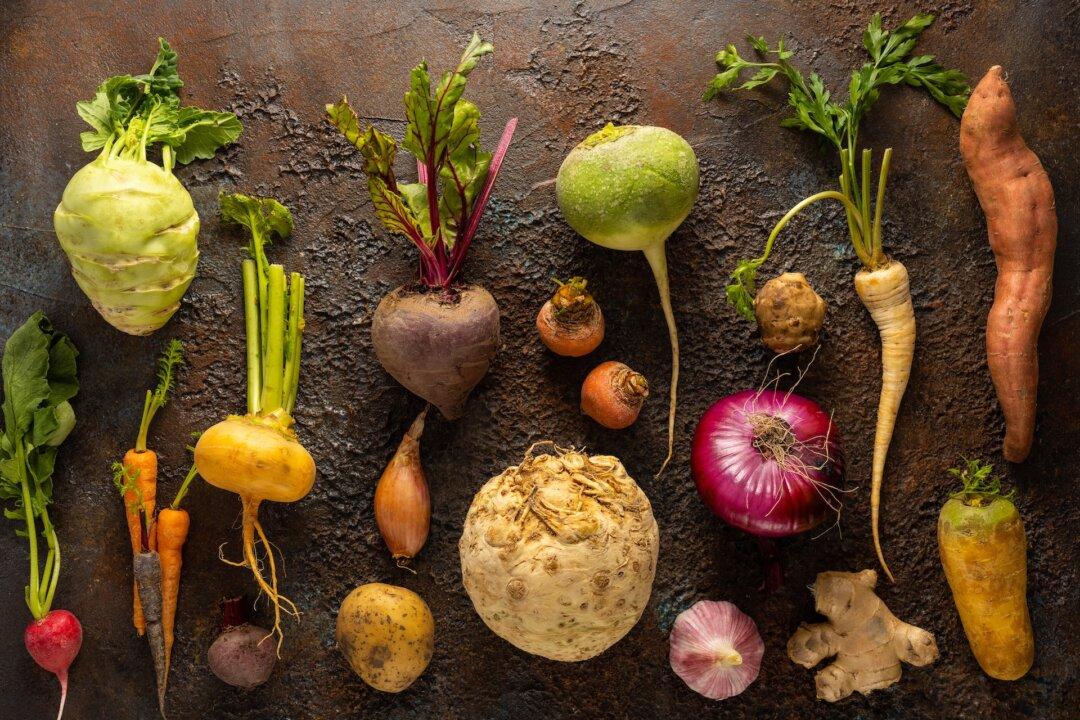
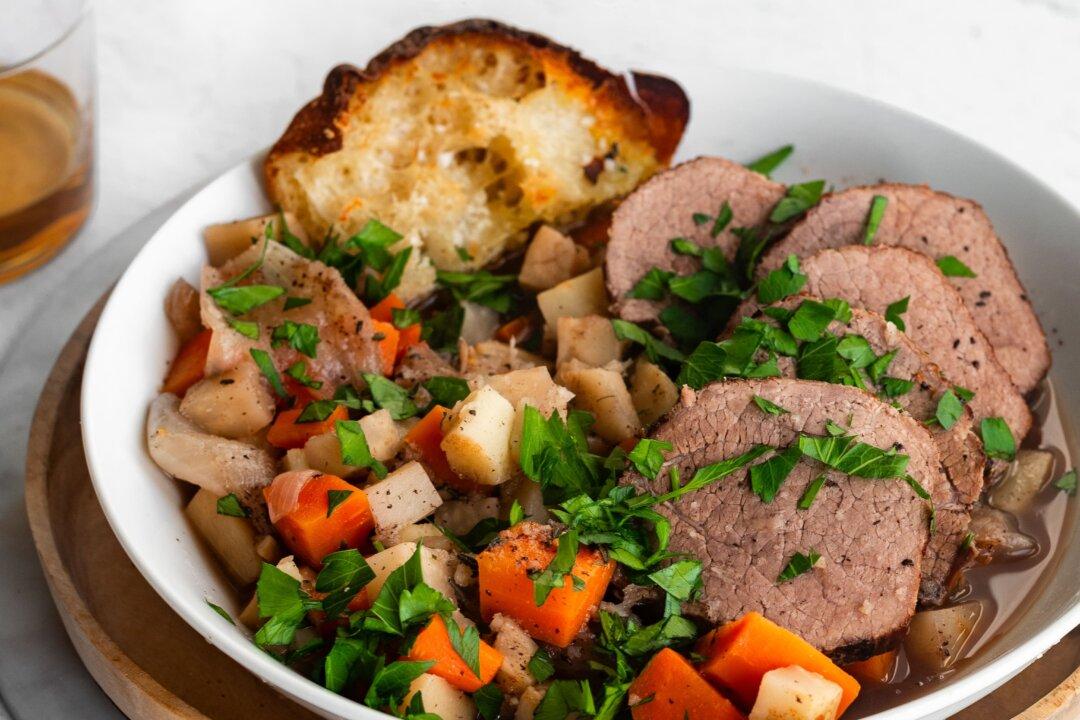
Friends Read Free